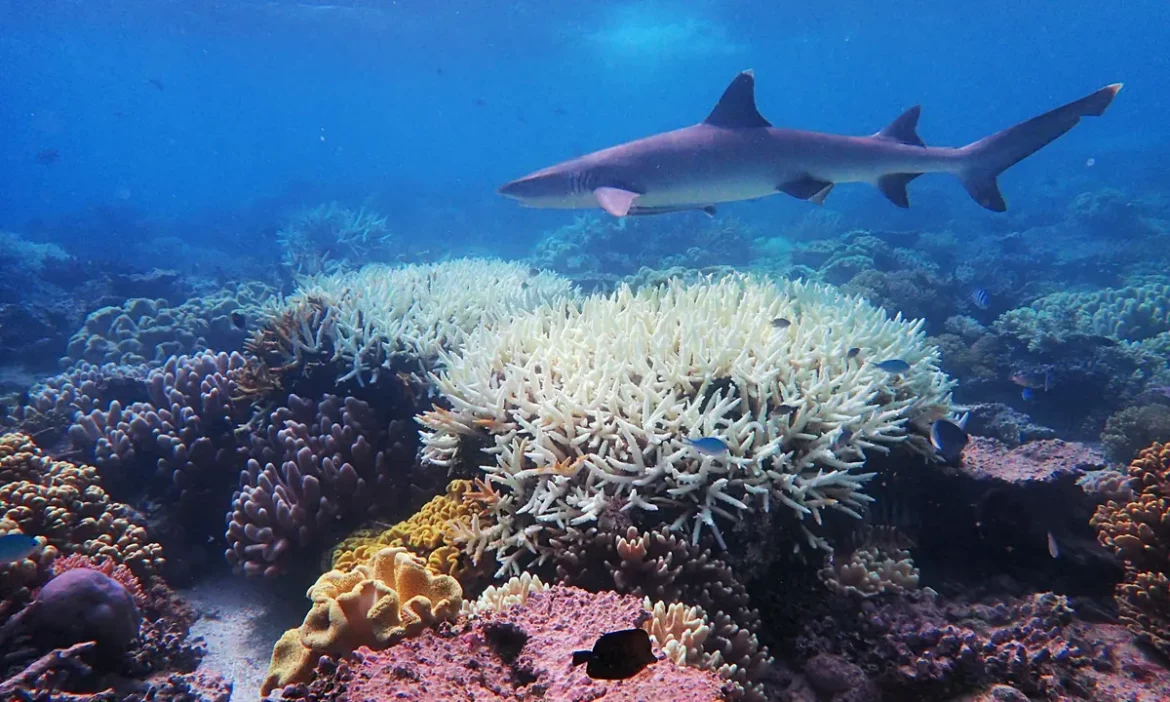A new study has shown that more than a dozen of Australia’s coral islands that help to extend the country’s maritime jurisdiction are at high risk of disappearing because of climate change.
Scientist who led the study said that the fate of the low-lying islands now “hangs in the balance”, with rising sea levels, marine heatwaves, intensifying weather systems and ocean acidification compounding the risk.
One expert said that how international law will deal with islands that currently extend the jurisdiction of countries, but could soon disappear, is a vexed issue.
Dr Tommy Fellowes, of the University of Sydney, led the study of 56 low-lying Australian coral islands and produced a method to assess the level of risk they faced. The islands were assessed based on factors such as how susceptible they already are to inundation, storms, sea level rise and marine heatwaves that can kill coral reefs that supply sediment to keep the islands stable.
According to reports, there are hundreds of coral islands, but the 56 were chosen both for their strategic importance and also because enough data was available to make assessments. Islands were put into five categories from low risk to very high risk.
Read also: Scientists say failure of Cop28 on fossil fuel phase-out ‘devastating’,
Three islands on Western Australia’s North West Shelf – Scott, Clerke and Imperieuse reefs – were considered “very high risk” and the most vulnerable. A further 11 islands, all in the Coral Sea off the Queensland coast, were considered to be facing a high risk, the study said.
“These islands come in a range of shapes and styles and they are all exposed to a range of environmental pressures like storms, sea level rise and heat stress,” Fellowes said.
The world’s oceans are rising as ice melts and flows into the ocean from glaciers and ice sheets attached to land, as well as because of thermal expansion as the ocean gains heat.
Fellowes said that sea level rise was “probably the most notable threat” facing many of the islands, which are in places where sea levels are rising faster than the global average.
According to reports, the risk assessments were based on current conditions, but Fellowes said it was clear that factors such as marine heatwaves, rising oceans and storms were likely to worsen due to climate change.
Story was adapted from the Guardian.
